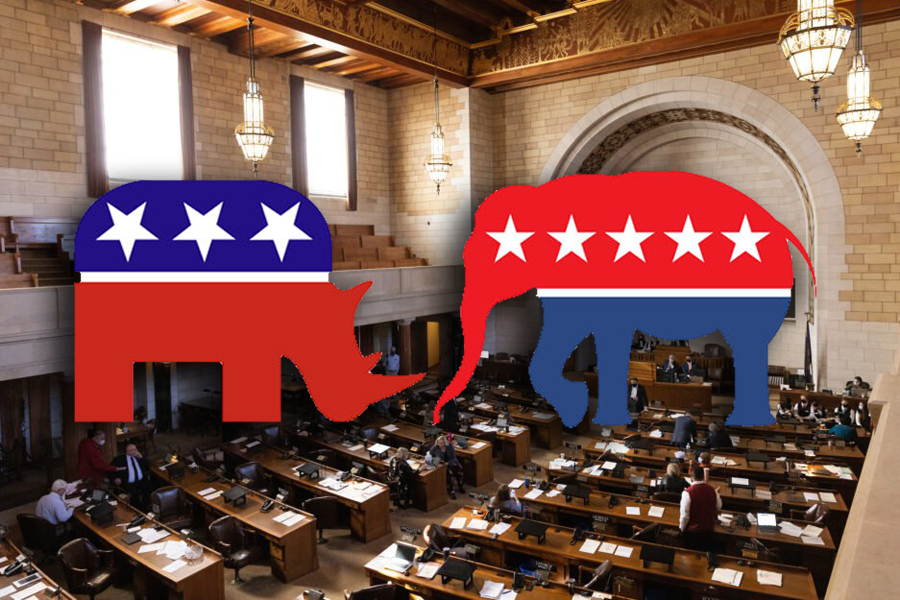by TCG Staff
Nebraskans from various walks of life have shared with The Cornhusker Guardian their anecdotal personal observations about a perceived increase in deaths of working age people since the decline in COVID infections and the increase in “vaccinations” related to them. This story follows on the January 6, 2022, article that The Cornhusker Guardian ran on the same notable rise in deaths reported by an insurance company
The following LifeSiteNews story on recently issued life insurance statistics supports the proposition that there is indeed an astonishing increase in deaths among younger working age persons, and that these deaths are not related to COVID infections but to the COVID “vaccinations” themselves
Critics of this proposition (who often promote the government and main stream media narrative about the safety and efficacy of COVID “vaccinations”) remind The Cornhusker Guardian of the Wizard of Oz character who tells Dorothy to “pay no attention to the man behind the curtain.”
Fifth-largest U.S. life insurer reports 163% rise in 2021 death-benefit payouts for working-age clients
(LifeSiteNews) — The fifth largest life insurance company in the U.S. paid out 163% more in death benefits for working clients age 18 to 64 in 2021 over the previous year, according to records filed with the Michigan Department of Insurance and Financial Services.
“The annual statements for Lincoln National Life Insurance Company show that the company paid out in death benefits under group life insurance policies a little over $500 million in 2019, about $548 million in 2020, and a stunning $1.4 billion in 2021,”
Independent journalist Margaret Menge reported that the records were provided to her Crossroads Report news outlet “in response to public records requests.”
“The annual statements for Lincoln National Life Insurance Company show that the company paid out in death benefits under group life insurance policies a little over $500 million in 2019, about $548 million in 2020, and a stunning $1.4 billion in 2021,” Menge wrote.
Therefore, from the pre-pandemic year 2019 to 2020, there was only a 9% increase in such group benefits paid out, but from the pandemic year of 2020 to the year of widespread experimental gene-based COVID-19 vaccine uptake, 2021, the increase was almost 164%.
Group life insurance policies normally cover working age individuals age 18-64 whose employers include such insurance as an employee benefit.
The financial statistics represented in these government documents do not provide figures on the numbers of claims, and thus it is not possible to know the precise number of deaths.
However, Menge proposed that such employee benefits usually equate to an employee’s annual salary. “If the average annual salary of people covered by group life insurance policies in the United States is $70,000, this may represent 20,647 deaths of working adults, covered by just this one insurance company. This would represent at least 10,000 more deaths than in a normal year for just this one company.”
The veteran journalist, whose bio shows a stint with U.S. News & World Report, also uncovered a May 4 press release from Lincoln National announcing its first quarter 2022 results and explaining how some significant losses were due in part to “non-pandemic-related morbidity” and “unusual claims adjustments.”
“Morbidity, of course, means disease. A lot of people are sick,” Menge wrote. And from a related story she broke last January on a disclosure from OneAmerica insurance, she explained “that it was not only deaths of working-age people that shot up to unheard-of levels in 2021, but also short- and long-term disability claims.”
Death spikes resulting from COVID gene-based vaccines corroborated by many sources
At that time, Scott Davison, the president of OneAmerica insurance in Indianapolis, called attention to the industry’s 40% increase in third-quarter death rates, which were the highest the company has “seen in the history of the business.”




